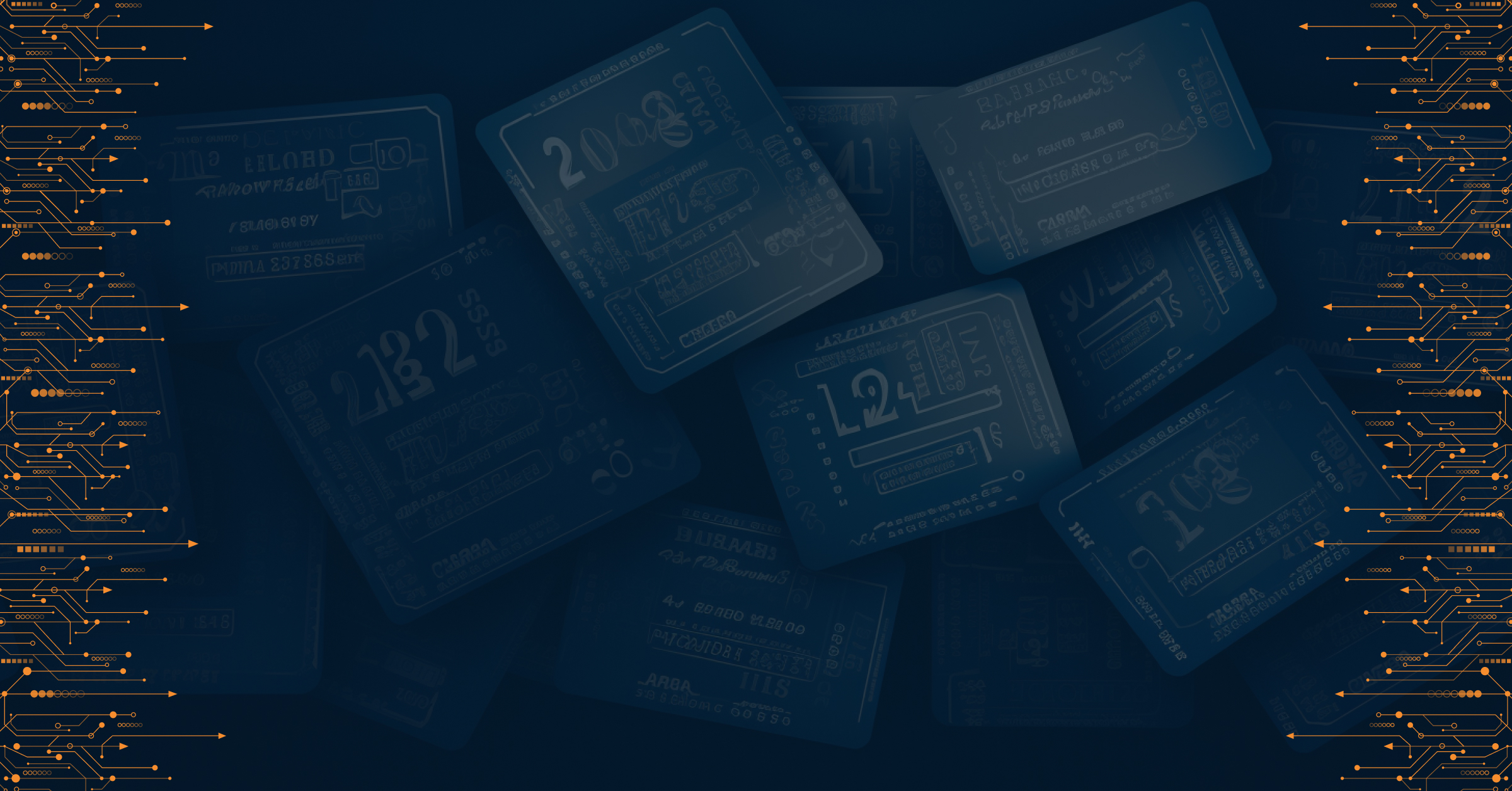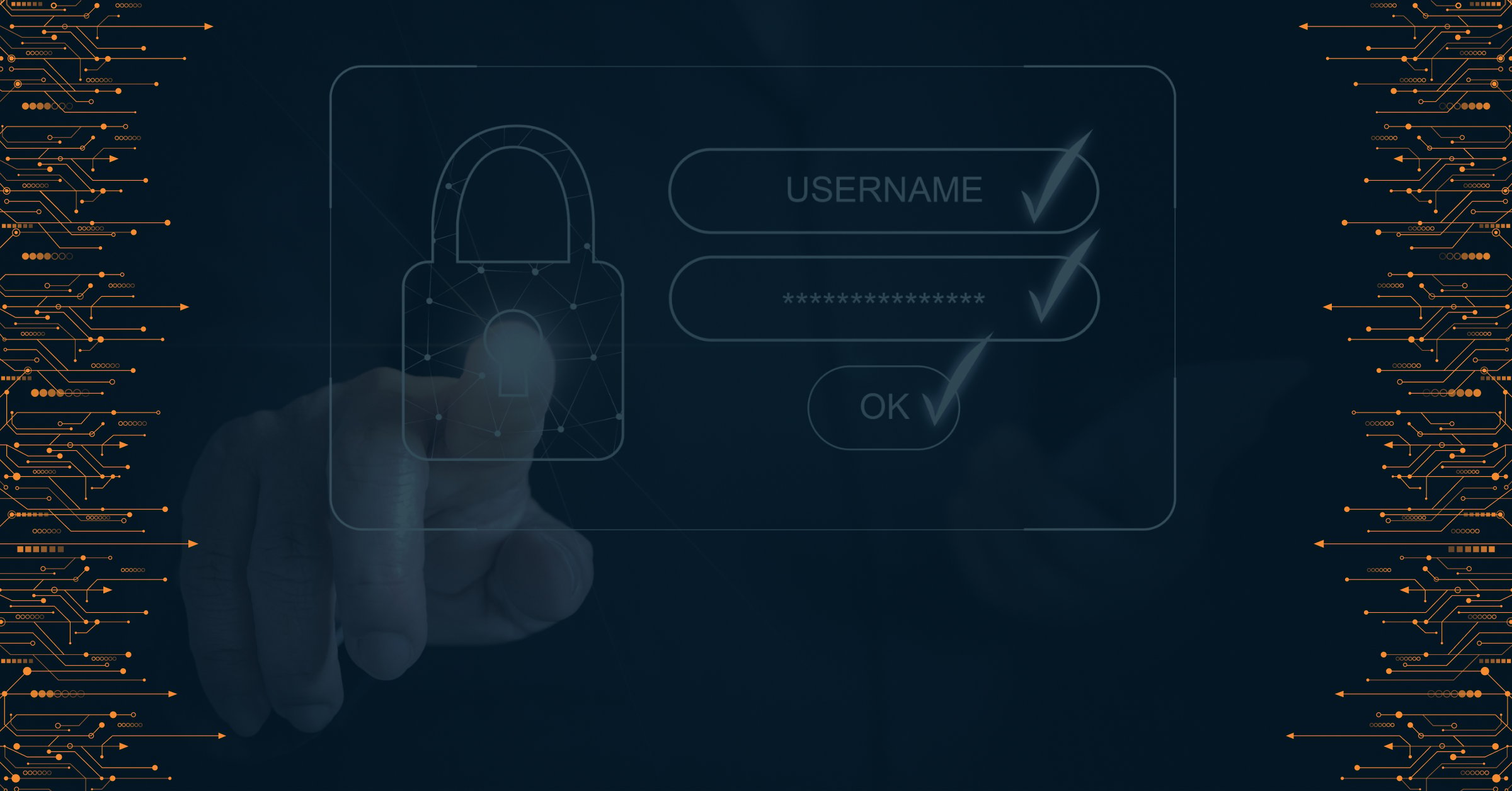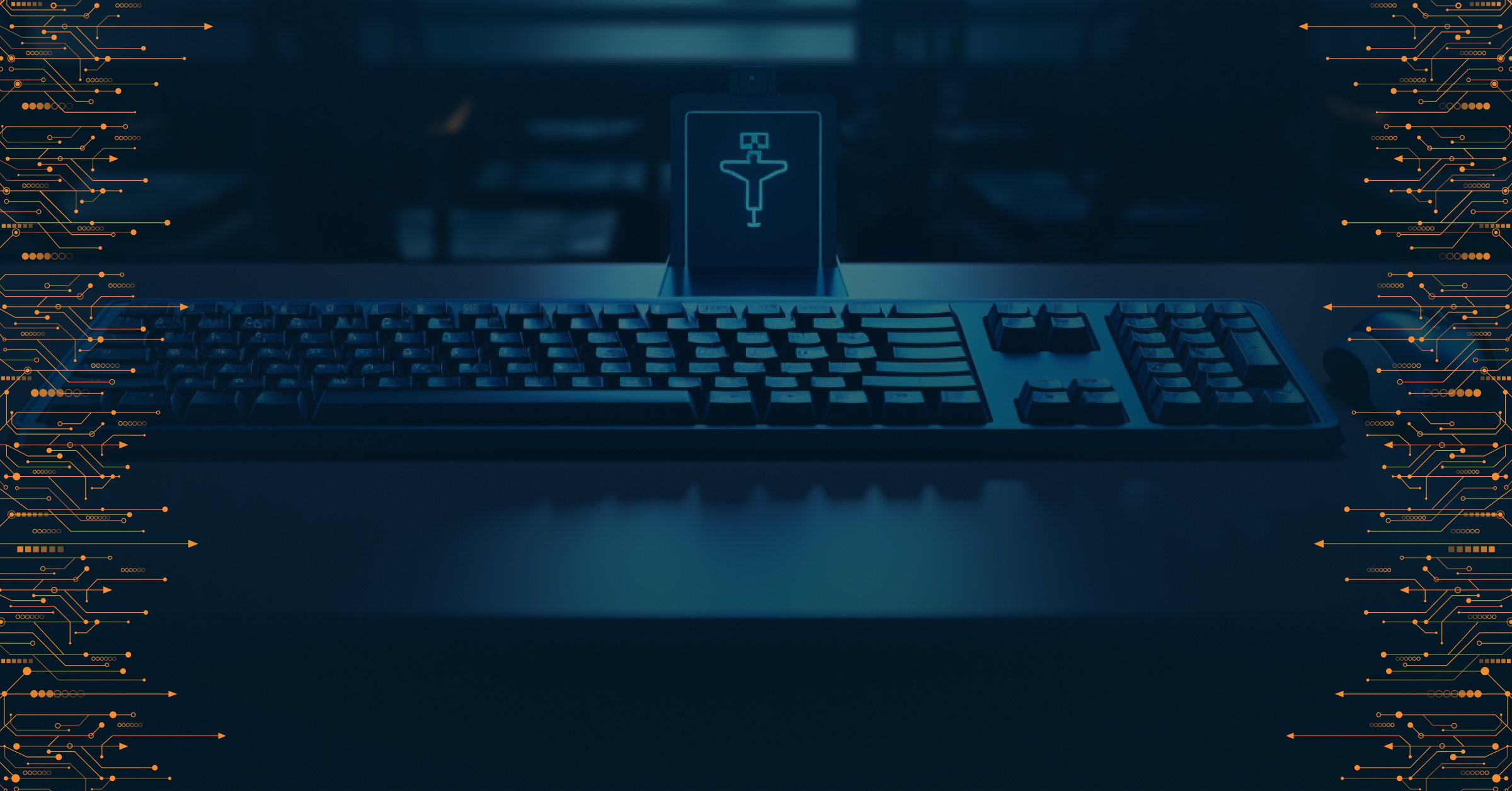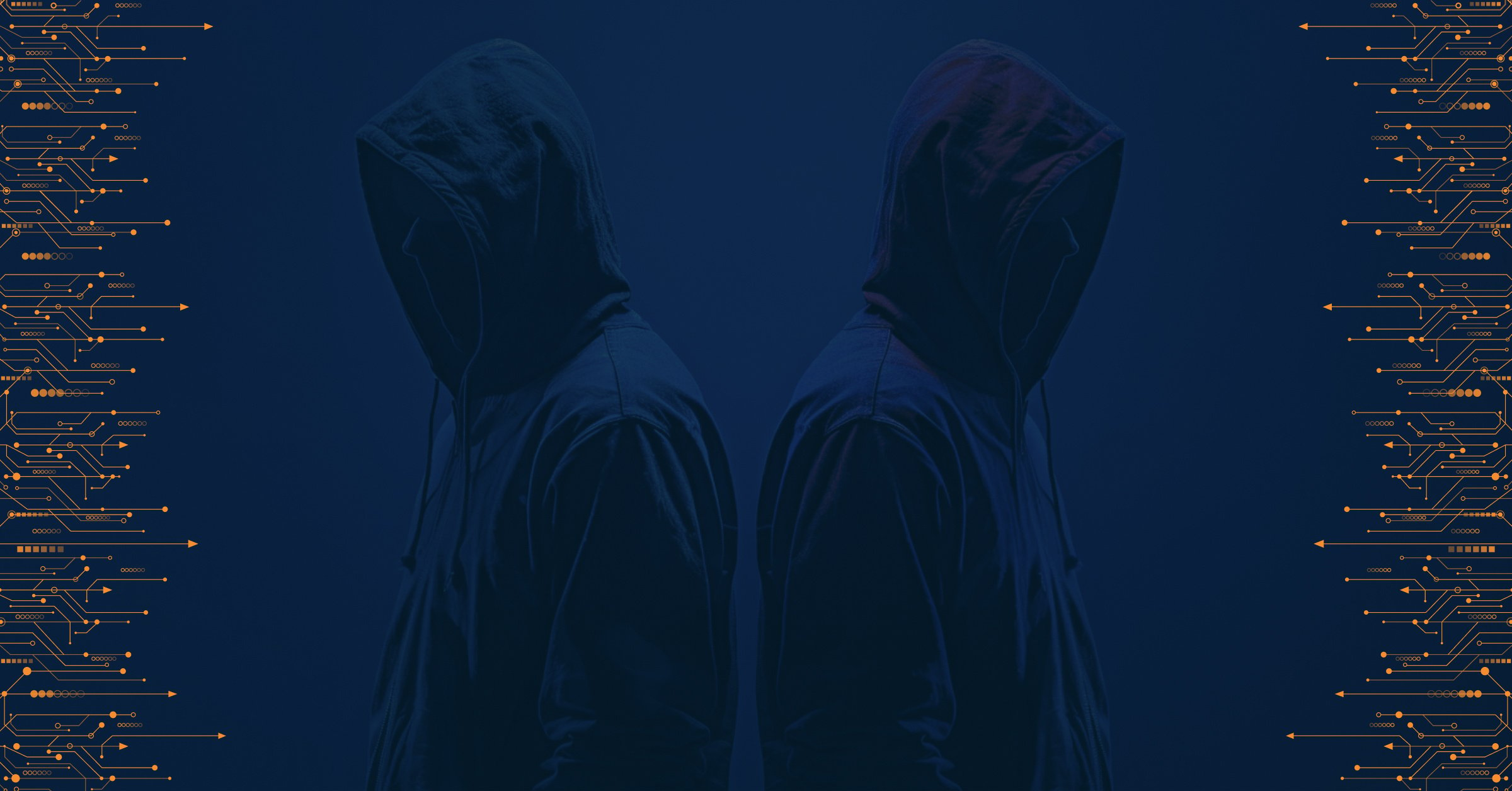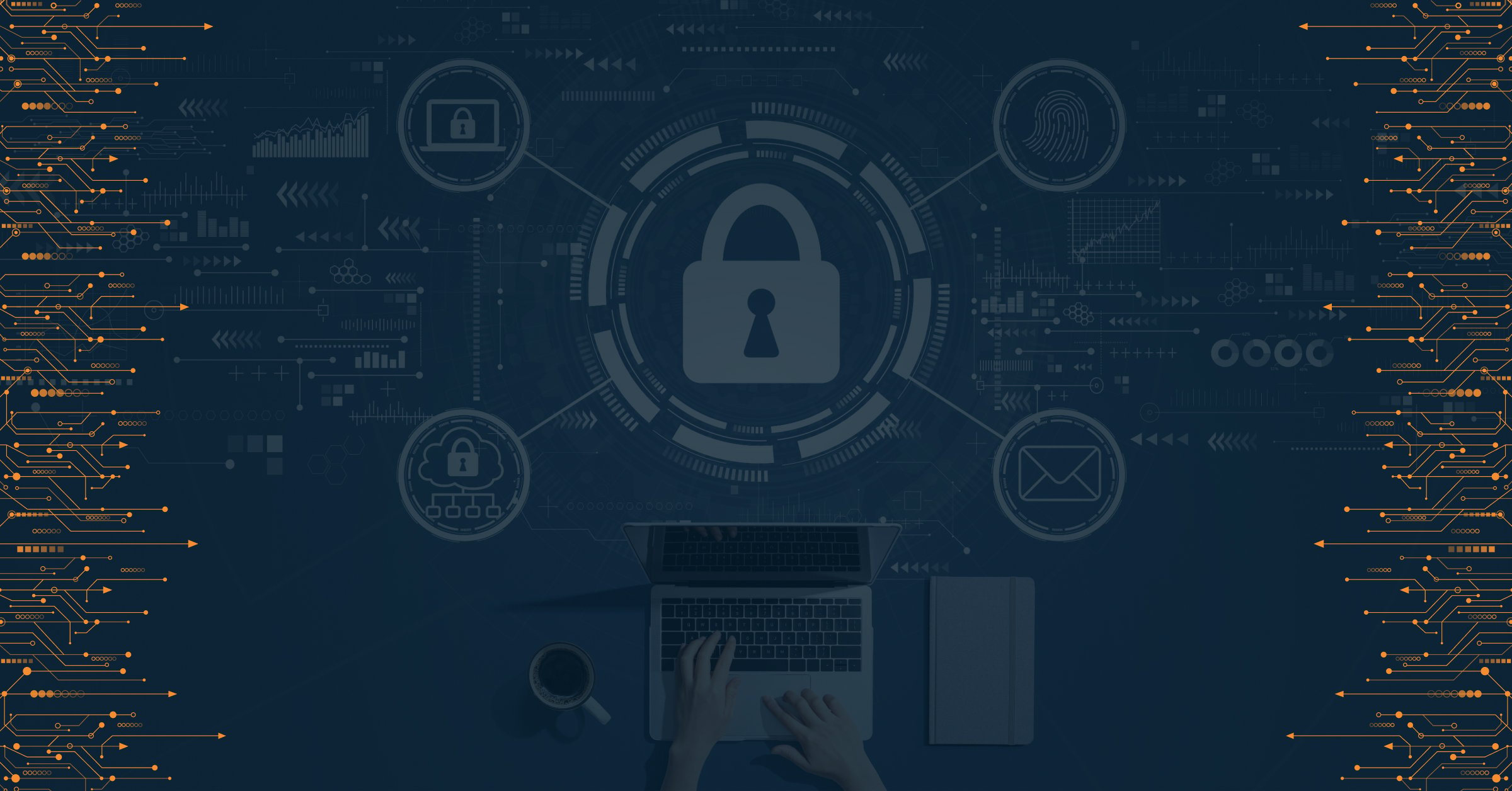In cybersecurity, where the stakes are all-time high, one term that frequently surfaces is "keystroke logging" or "keylogging." This surreptitious practice involves tracking and recording the keystrokes made by a user on a computer or mobile device.
Unfortunately, keystroke logging is not benign; it is often associated with the malicious use of keyloggers, tools designed to capture sensitive information ranging from passwords to personal messages.
In this exploration, we delve into the intricacies of keystroke logging and keyloggers, examining their potential threats and discussing methods for detection and mitigation.
Understanding Keystroke Logging and Keyloggers
Keystroke Logging
Keystroke logging, also known as keylogging, is the covert recording of the keys struck on a keyboard. This form of surveillance has evolved over time, manifesting itself in various forms, each more sophisticated than the last. Initially, simple hardware devices were used to intercept keyboard signals. However, with the advent of software-based keyloggers, the landscape of cyber threats underwent a significant transformation.
Keyloggers
Keyloggers are malicious software or hardware tools designed to clandestinely record a user's keystrokes. These tools can be deployed for a myriad of purposes, ranging from cyber espionage to identity theft. There are two main categories of keyloggers: hardware-based and software-based.
Hardware-based keyloggers are physical devices attached to a computer or its peripherals. They may take the form of tiny devices connected between the computer and the keyboard, or they might be embedded within the keyboard itself.
Software-based keyloggers, on the other hand, are programs or scripts surreptitiously installed on a computer. They can be delivered through various means, such as phishing emails, malicious downloads, or infected websites. Once installed, these keyloggers operate silently in the background, capturing every keystroke made by the user.
Examples of Keyloggers
Keyloggers come in various shapes and sizes, with some being more sophisticated than others. Here are a few examples:
ZeuS (Zbot)
ZeuS is a notorious banking Trojan that includes keylogging capabilities. It specifically targets financial information, aiming to steal login credentials for online banking platforms.
SpyEye
Similar to ZeuS, SpyEye is another banking Trojan that incorporates keylogging functionality. It is known for its ability to steal sensitive financial data and compromise online banking transactions.
DarkTequila
This is a sophisticated keylogger that primarily targets users in Latin America. It can capture keystrokes, take screenshots, and steal personal information.
Detecting and Mitigating Keyloggers
Detection
Detecting keyloggers can be a challenging task due to their stealthy nature. However, there are several strategies and tools that individuals and organizations can employ:
- Antivirus Software: Comprehensive antivirus software can detect and remove many types of keyloggers. Regular updates ensure that the software remains effective against the latest threats.
- Anti-Keylogger Programs: Specialized anti-keylogger programs are designed to identify and neutralize keyloggers on a system. These tools work by monitoring system behavior and identifying suspicious activities.
- Behavioral Analysis: Monitoring abnormal behavior on a computer can be indicative of a keylogger's presence. Sudden changes in system performance or unexpected network activity may signal a security breach.
Mitigation
Once detected, it is crucial to take swift action to mitigate the impact of keyloggers. Consider the following steps:
- Update Software Regularly: Keeping operating systems, antivirus programs, and applications up to date is crucial for addressing vulnerabilities that keyloggers may exploit.
- Use Virtual Keyboards: When entering sensitive information, such as passwords or PINs, using a virtual keyboard can thwart keyloggers, as they are designed to capture physical keystrokes.
- Implement Multi-Factor Authentication (MFA): Enabling MFA adds a layer of security, requiring users to provide a second form of identification beyond passwords. Even if keyloggers capture login credentials, they would still be unable to access accounts without the second authentication factor.
- Employee Training and Awareness: Educating individuals within organizations about the risks of keyloggers and promoting safe online practices can significantly reduce the likelihood of falling victim to such attacks.
Safeguarding Industries and Beyond
As the digital landscape expands, the threat of keyloggers looms over various sectors, including healthcare, defense, and insurance. The need for heightened cybersecurity measures is paramount to protect sensitive information within these industries.
Healthcare
In the healthcare sector, the protection of patient data is of utmost importance. Electronic health records and sensitive medical information are lucrative targets for cybercriminals, and digital patient portals can be susceptible to the threat of keyloggers. Implementing robust cybersecurity measures, including regular audits and employee training, can fortify the resilience against potential threats that keyloggers present.
Defense
The defense sector, with its wealth of classified information, is a prime target for cyber espionage and other malicious activities. Keyloggers can potentially compromise national security by capturing sensitive data related to military operations. Rigorous cybersecurity protocols and constant monitoring are essential to thwart such threats and maintain the integrity of defense systems.
Insurance
In the insurance industry, where vast amounts of personal and financial data are processed, keyloggers pose a significant risk. Cyberattacks can lead to unauthorized access to customer information, resulting in financial losses and reputational damage. Regular cybersecurity assessments and the adoption of advanced threat intelligence technologies can help safeguard the sensitive data handled by insurance companies.
Conclusion
Keystroke logging and keyloggers represent a pervasive threat in the digital age, with the potential to compromise personal, organizational, and national security. By understanding the nature of keyloggers and implementing robust detection and mitigation strategies, individuals and organizations can better protect themselves against these insidious cyber threats.
Vigilance, regular updates, and a proactive approach to cybersecurity are essential in the ongoing battle against keyloggers. As industries such as healthcare, defense, and insurance continue to embrace digital technologies, it becomes increasingly crucial to become resilient against these silent infiltrators. By doing so, we can ensure a safer and more secure digital future for individuals and organizations alike.
For more information on safeguarding your digital assets, contact us today to explore tailored solutions for your specific needs.

PRODAFT Team
Stay up to date
Browse Posts
Browse by topics
- Cybercrime awareness (15)
- Cybersecurity for Businesses (10)
- Risk management (7)
- Cybersecurity Tips (6)
- Digital safety (6)
- Proactive Threat Intelligence (6)
- Cyber threat protection (5)
- Cyberattacks (5)
- Risk intelligence (5)
- Threat Prevention (5)
- Data Protection (4)
- Network Security (4)
- Phishing (4)
- Supply chain risks (4)
- TTPs (4)
- Artificial intelligence (3)
- Critical network infrastructures (3)
- Malicious websites (3)
- Malware (3)
- Social engineering (3)
- Data breaches (2)
- Insider Threats (2)
- NIS2 Directive (2)
- Ransomware (2)
- CISOs (1)
- Cryptocurrencies (1)
- Cyber espionage (1)
- Cyber extortion (1)
- Cyber fraud (1)
- Cybersecurity Collaboration (1)
- DDoS Attacks (1)
- Deepfakes (1)
- DoS Attacks (1)
- Fake social media (1)
- Incident Response (1)
- Internet of things (1)
- Money Laundering (1)
- Multi-factor authentication (1)
- One-day vulnerability (1)
- Remote Work (1)
- Stealers (1)
- SystemBC (1)
- The Cyber kill chain (1)
- Threat Intelligence solutions (1)
- Tor browser (1)
- Traffic Distribution System (1)
- Zero-day vulnerability (1)
- dark web (1)
- deep web (1)
- keyloggers (1)
- social media (1)
- spoofing (1)
- threat detection (1)

